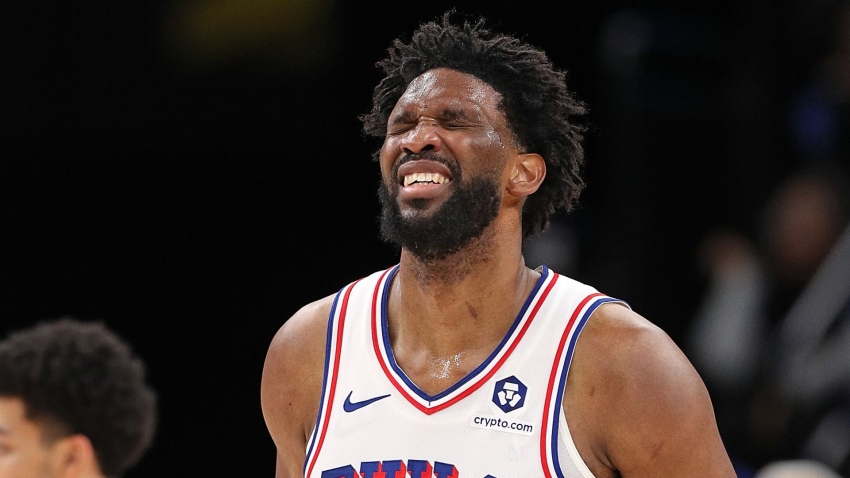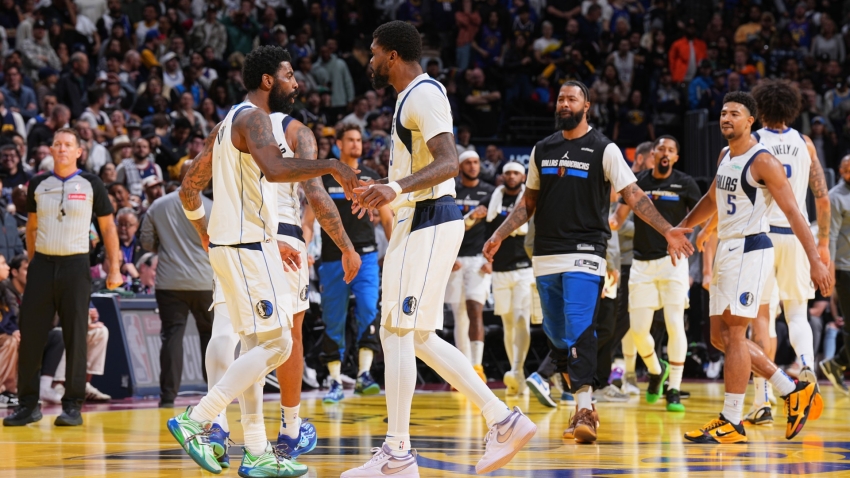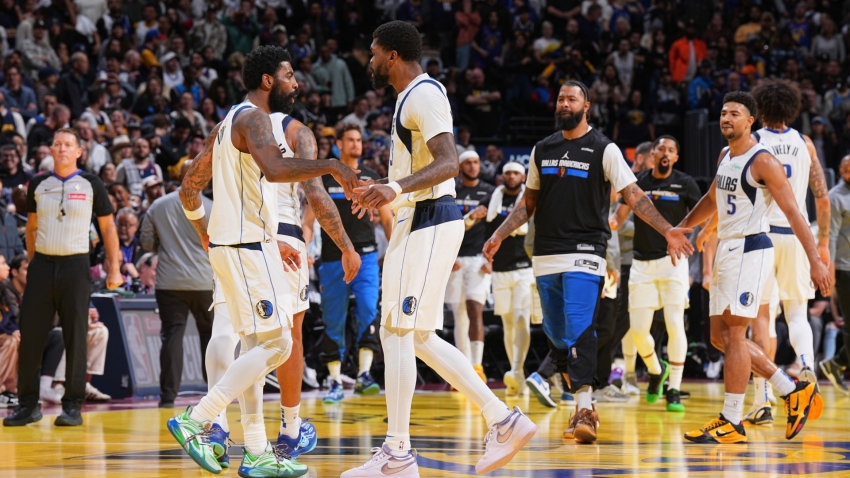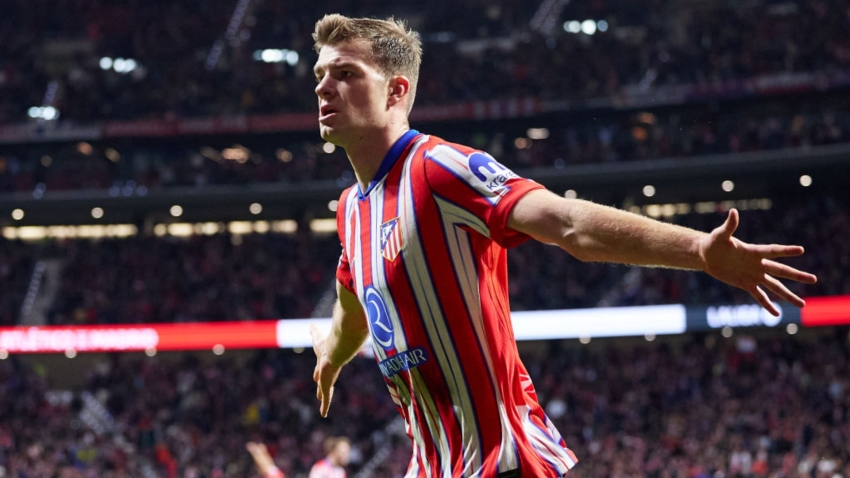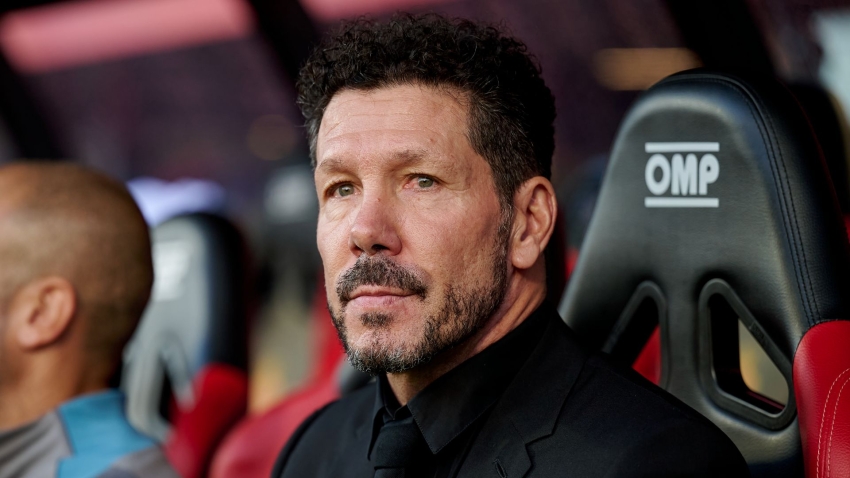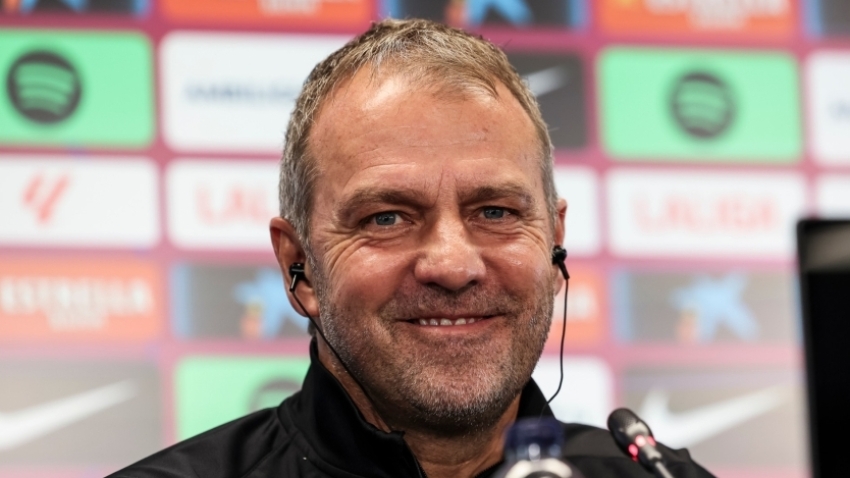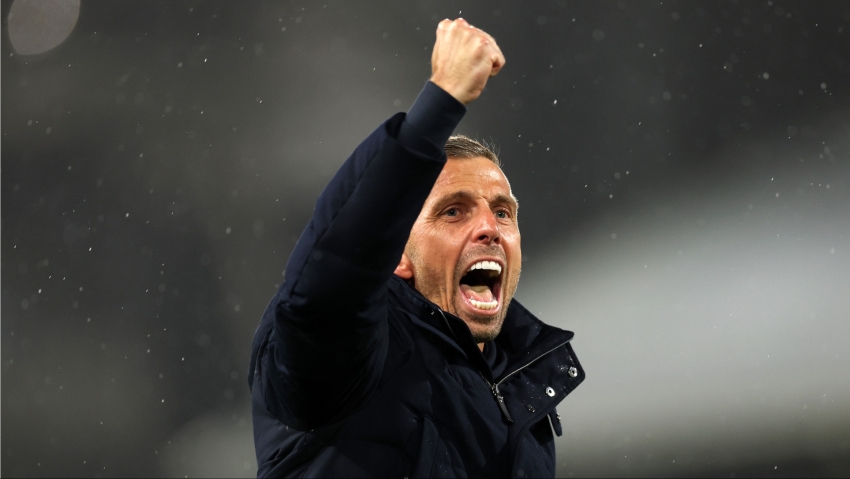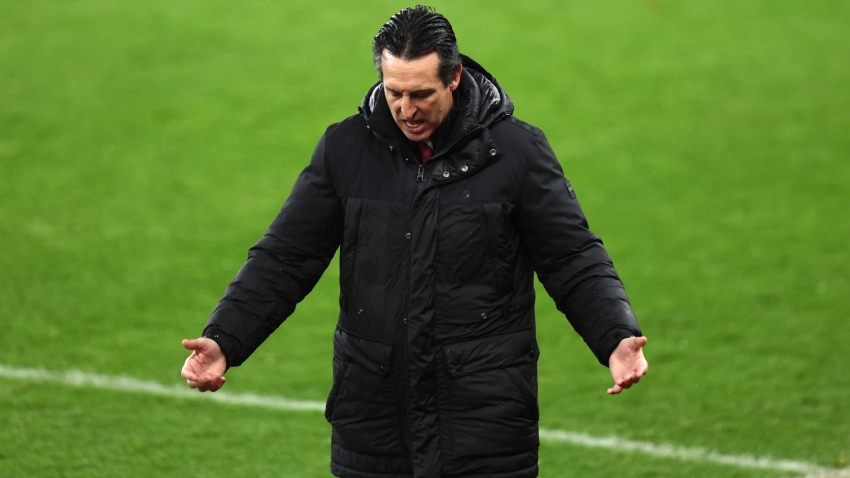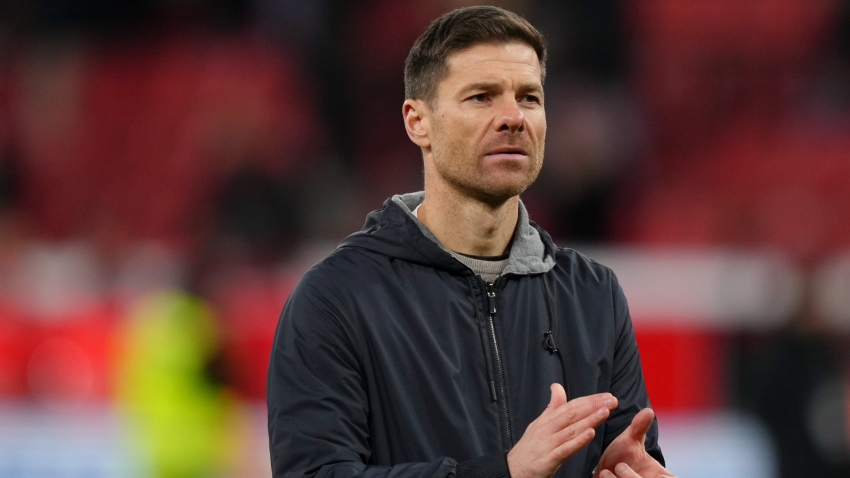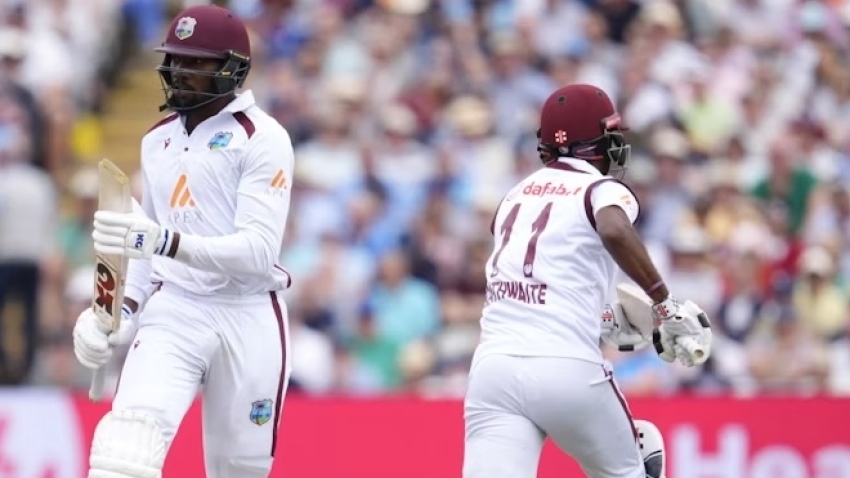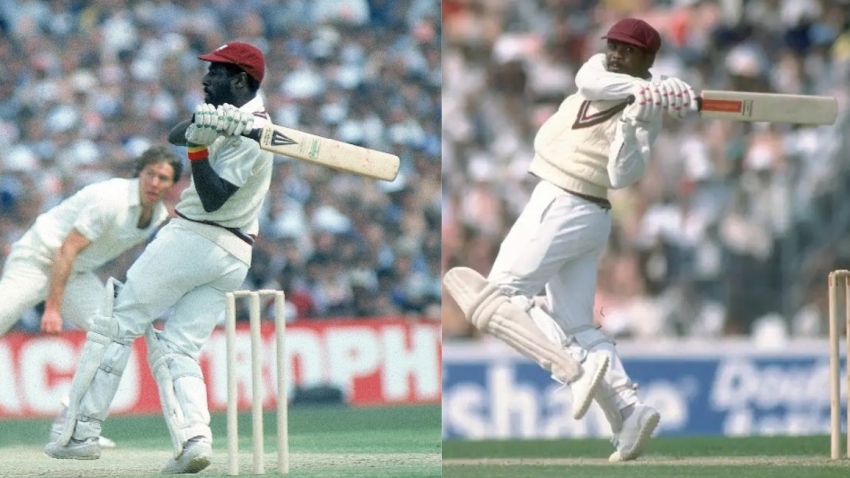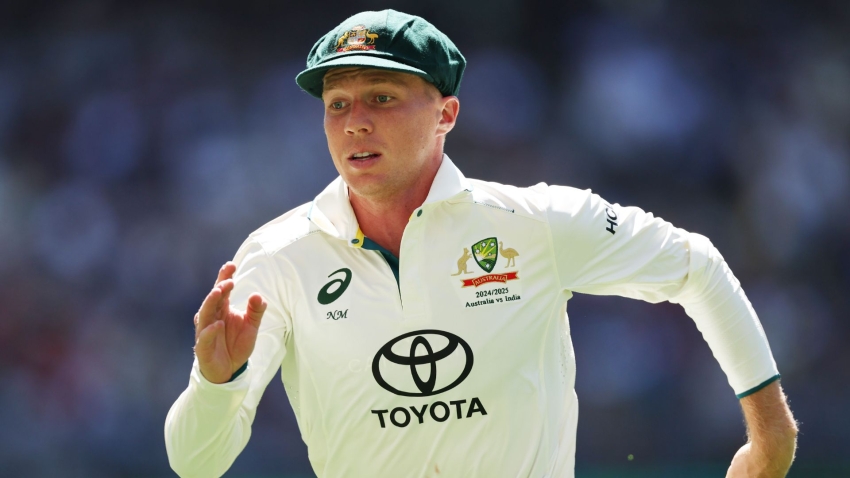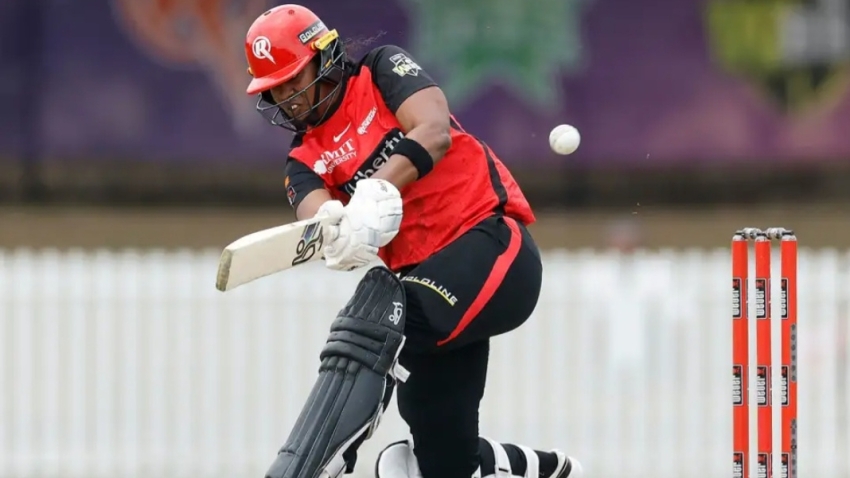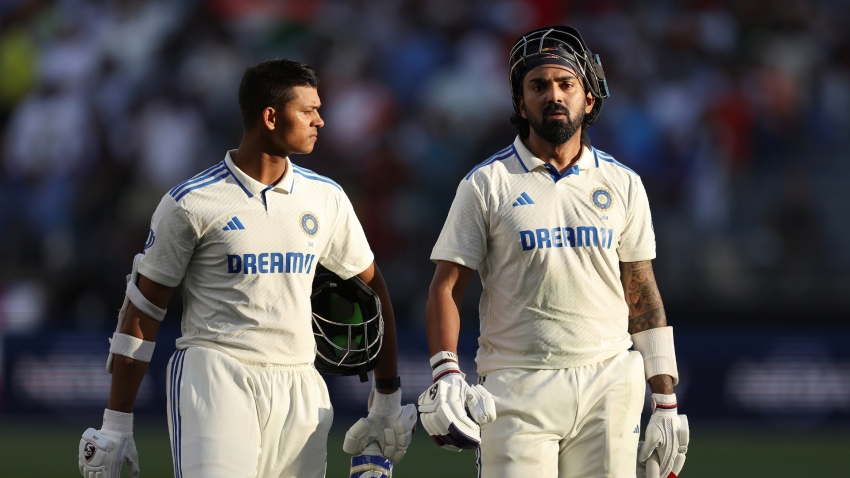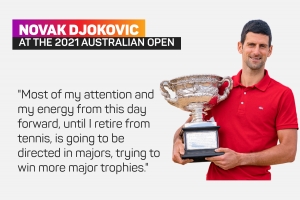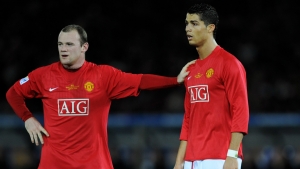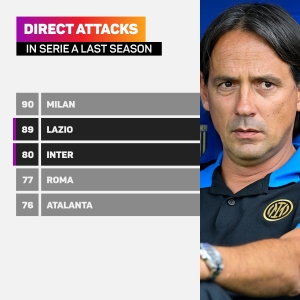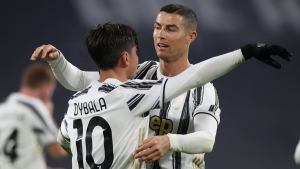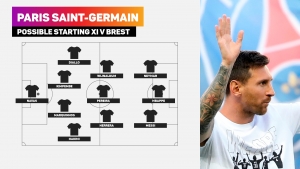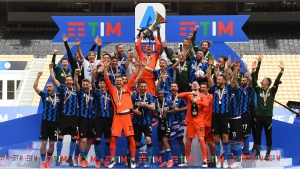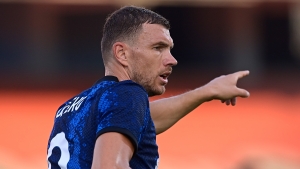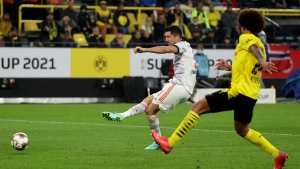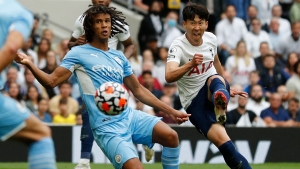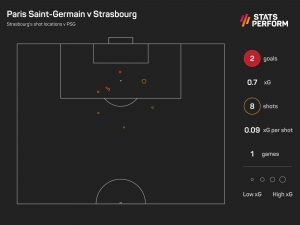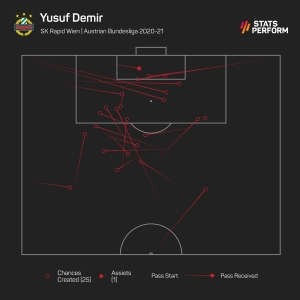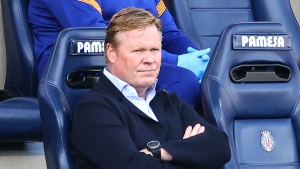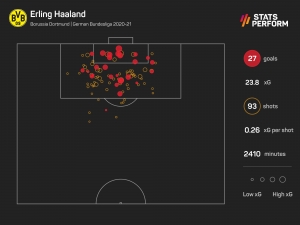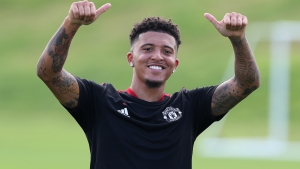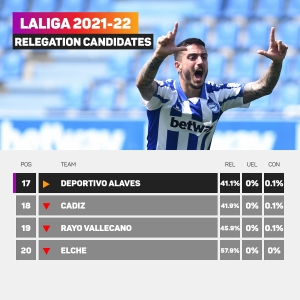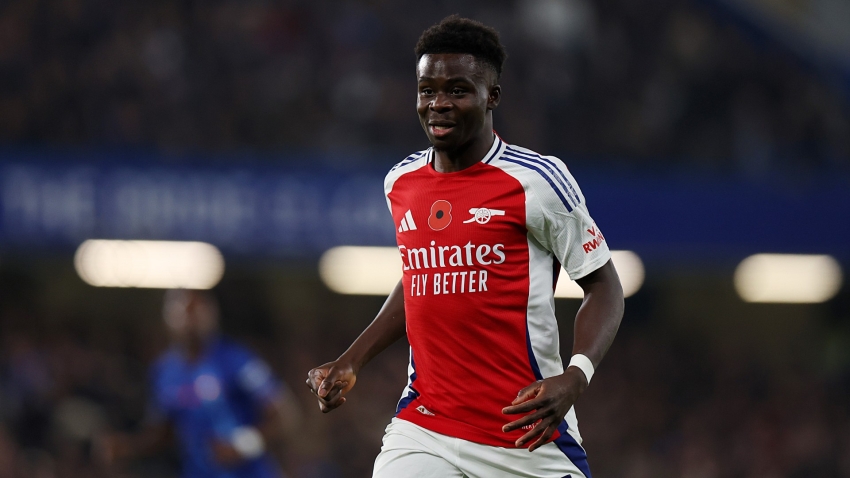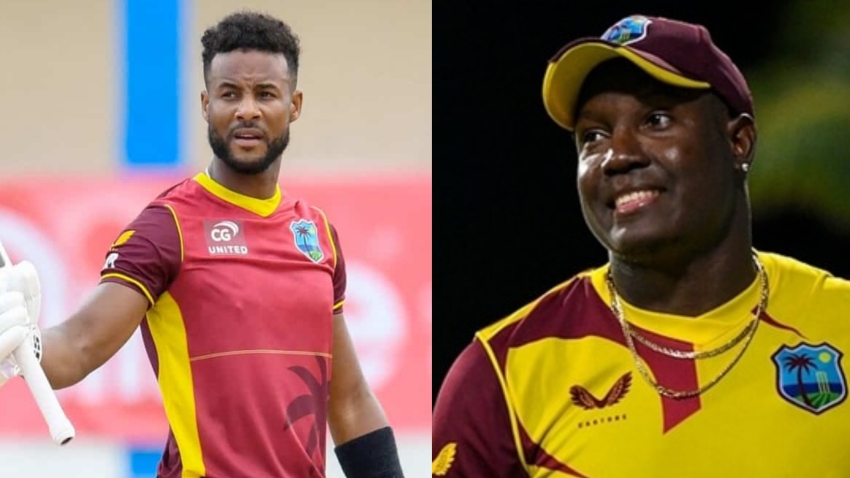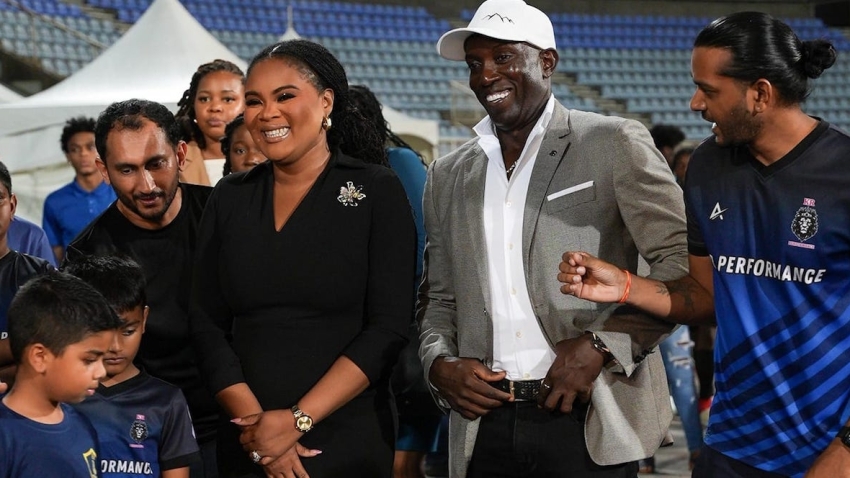The 2021-22 Serie A campaign commences on Saturday following a busy close season that saw more than half of the 20 teams change head coach.
Antonio Conte departed Inter after guiding the club to their first Scudetto in more than a decade, with Simone Inzaghi being plucked from Lazio, who in turn turned to Maurizio Sarri.
Sarri's former club Juventus decided to end the Andrea Pirlo experiment after just a year and opted for a familiar face in six-time title winner Massimiliano Allegri as his replacement.
Luciano Spalletti is back in Serie A with Napoli, meanwhile, and Jose Mourinho has returned to Italy with Roma some 11 years on from his hugely successful stint with Inter.
There will be just as much focus on the dugouts as the field when the new season gets up and running this weekend, then, and some coaches are facing a tougher challenge than others.
Stats Perform looks at what the managerial changes could mean for some of Serie A's biggest clubs.
Inter
In: Simone Inzaghi
Out: Antonio Conte
Conte will go down in Inter folklore as the man who ended the club's 11-year wait to return to the top of Italian football.
In an ideal world, one in which the Nerazzurri were not in a position whereby they had to sell star players to balance the books, Conte would still be in charge at San Siro.
As it is, though, Inzaghi will be at the helm this coming season and is in a rather unenviable position of having to pick up where Conte left off, minus the goals of Romelu Lukaku.
Inzaghi has his own vision but does not differ too much from Conte in terms of tactics, both coaches favouring a 3-5-2 formation of sorts throughout their careers.
Moving the ball forward quickly will be the aim, with Milan (90) the only side in Serie A last term to register more direct attacks than Inzaghi's former side Lazio (89). By comparison, Inter were third on that list with 80.
While the structure will remain largely the same, losing Lukaku and influential wing-back Achraf Hakimi – albeit with Edin Dzeko and Denzel Dumfries arriving – means Inzaghi will need to get more out of others if Inter are to retain their crown.
Lazio
In: Maurizio Sarri
Out: Simone Inzaghi
The man tasked with replacing Inzaghi at Lazio is Sarri, who endured mixed fortunes during his most recent two stints in Serie A with Napoli and Juventus.
Having come so close to ending Juve's stranglehold on the title in 2017-18 while at Napoli, the 62-year-old won the Europa League in his solitary season at Chelsea and was then given just 14 months at the Allianz Stadium.
His stint in Turin came to an early end despite leading Juve to top spot, his style of play – coined 'Sarriball' – deemed too distant from what Juventus typically expect from a head coach (more on that later!).
At the Stadio Olimpico, Sarri will have more freedom to put his spin on things as he looks to build or improve upon last season's sixth-placed finish. A back four, rather than the three-man defence Inzaghi favoured, can be expected.
Sarri teams are known for their verticality, meaning they like to move the ball forwards. Lazio, as already touched upon, are a good fit in that regard.
They ranked lowest in the top eight last season for build-up attacks (83), which is defined as the number of open play sequences that contain 10 or more passes and either ends in a shot or has at least one touch in the opposition box.
The big question, though, is whether Sarri has the personnel to turn Lazio into top-four regulars in the same way he did at Napoli. With Immobile taking on the Gonzalo Higuain role up top, it might just be a possibility.
Juventus
In: Massimiliano Allegri
Out: Andrea Pirlo
While a lot of clubs mentioned are entering the unknown with their managerial appointments, Juve know exactly what they are getting in Allegri.
The 54-year-old guided Juve to five straight Serie A titles and two Champions League finals between 2014 and 2019, having also previously lifted the Scudetto at Milan.
Only one coach in the Bianconeri's history, Giovanni Trapattoni, has overseen more league games than Allegri's 190, while Juve's two highest-scoring seasons dating back as far as 1930 have both come under the stewardship of the returning favourite.
This Juve side has changed since Allegri's first stint, though, and it may take him time to make this team his own again following the aforementioned reigns of Sarri and Pirlo.
Whereas Sarri and Pirlo were a little complex with their tactics and what they expected from players, Allegri will take a different approach. That is not to say Juve will not be able to chop and change things under Allegri, as they did in his previous spell.
One aspect that will surely differ from last season is the number of goals Juve score. They found the net an underwhelming 56 times from open play last season from an expected goals return (xG) of 54.3.
By comparison, champions Inter scored 65 open play goals from a near identical xG as Juve of 54.6. With the prolific Cristiano Ronaldo set to stay at the club for at least one more season, there is hope of reclaiming the title this time around.
Roma
In: Jose Mourinho
Out: Paulo Fonseca
The highest-profile of the incoming coaches in Serie A this season, Mourinho arrives with his 'Special One' status still intact in Italy thanks to his success at Inter a little over a decade ago.
Mourinho won as many league titles in two seasons at San Siro (two) as he has in the 11 years since (one), while also lifting the second of his Champions League crowns, the Coppa Italia and Supercoppa Italiana during that trophy-laden stay.
The Portuguese won 62 per cent of his matches at Inter but that win rate has steadily declined and he won just 51.2 per cent of his games with Tottenham, leaving the club in April after just 17 months in charge.
Mourinho's sides were so often hard to beat, but Spurs lost 13 times in 2020-21 under him, making it his worst ever season in that regard and he did not even see it all the way through.
But could his career take a turn in the right direction in Rome? Mourinho's tactics have remained largely consistent throughout his career, no matter the club or country he is coaching in.
The back three largely favoured by Paulo Fonseca will become a back four and there will be particular emphasis on Bryan Cristante, a typical Mourinho player in many ways, to shield the defence and get the ball forward.
The addition of Tammy Abraham from Chelsea is clearly a Mourinho signing, helping the fill the void left by Edin Dzeko, but Mou's pragmatic approach is surely a concern for a Roma side that looked better offensively than defensively last season.
Finding the correct balance will be key, and that ultimately depends on whether Roma have hired the pre-2015 Mourinho or post.
Napoli
In: Luciano Spalletti
Out: Gennaro Gattuso
With spells at seven different Italian clubs under his belt, including two years at Inter, Spalletti certainly does not lack of experience. After two years out of the game, however, the 62-year-old has to quickly prove he is not yesterday's man.
Spalletti made clear when he took over from Gennaro Gattuso that he will look to operate with a 4-3-3, though on the basis of pre-season it may well be a more familiar 4-2-3-1 come the opening day.
He inherits a talented squad that includes the likes of Piotr Zielinski, Victor Osimhen, Dries Mertens, Hirving Lozano and Lorenzo Insigne – for now – in attack.
Napoli had no problems scoring goals last time out, with no team managing more shots from open play than their 493 and only Atalanta (77) and Inter (65) scoring more from non-set-piece situations than their 64.
Pressing is a big part of Spalletti's game and that makes Napoli a good fit as they ranked joint-second in Serie A last season for goals scored from high turnovers (nine), behind only Atalanta (10).
There are already a few rumblings of discontent behind the scenes with regards to transfer activity, but a kind fixture list ensures that Spalletti can hit the ground running in his quest to guide Napoli back into the Champions League.



